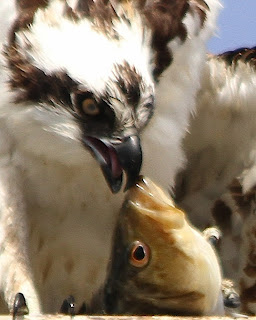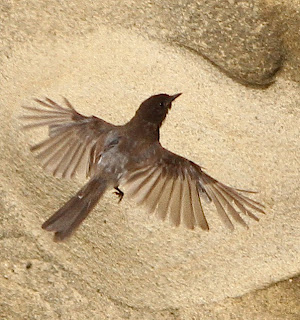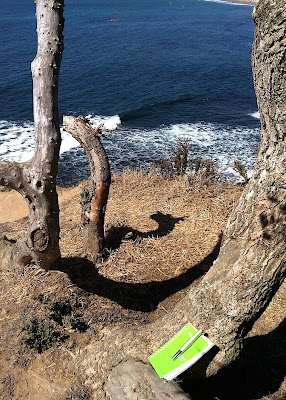The Japanese tea ceremony honors four guiding
principles of discipline: to seek harmony (wa) with nature and other human
beings; to show respect (kei) for all things and people; to revere the purity
(sei) of a clean and orderly environment; and to enter a state of tranquility
(jau) amid the chaotic world in which we live.
In the environment of the tearoom, the splendor of natural materials reveals itself in utensils and furnishings.
Within a calm and orderly atmosphere, guests show respect for their host
and objects used to prepare and serve the tea.
Careful attention paid to the craftsmanship in the
objects creates appreciation. A poetic message inscribed on a hanging
scroll sets the theme and refers to the season.
The host pays attention to the needs of his guests.
Nothing extraneous is present in the room nor in the conversation.
No unkind words are spoken. Tragedies and turmoil of the outside
world are left outside the garden gates.
For the moment, host and guest reflect upon the
time given together - ichigo, ichie - each moment only
once.
Creative Write: Consider
how the above ceremony might apply to your daily writing practice.
Do you seek harmony with nature and other human
beings in your choice of subject matter? In what ways does your writing
show respect? How will you bring order to your writing environment?
When you write, what helps to bring you a state of
tranquility so you leave the chaotic world behind? As author, how do you
pay attention to the needs of your audience of readers? Will you
make the most of each moment the pen flows on paper or fingers push keys?
Write your own principles of writing practice.

















































